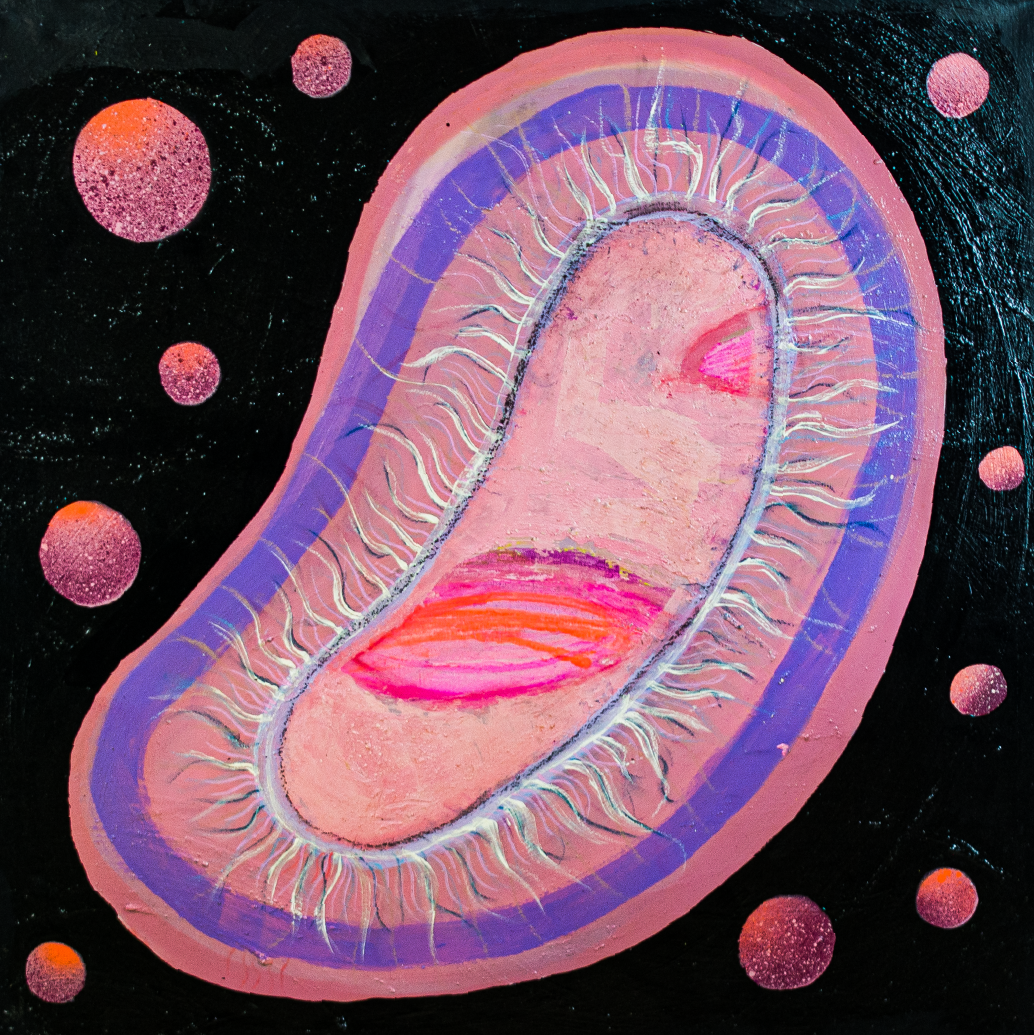Colon Specialist to Light Absorber


Escherichia coli – the most famous bacterium in your intestines. You might ask now, what has this microorganism achieved to earn this title? Even though there are some pathogenic species derived from E. coli (EHEC is a perfect example), most of its relatives are quite harmless. In fact, E. coli was one of the first organisms, whose DNA has been completely decoded in the beginnings of DNA sequencing – a method to read each base of genetic information. Due to the extensive knowledge of E. coli, it became one of the most important host organisms for science. This allowed us to alter the DNA in the desired way. Hereby we can improve E. coli’s ability to produce proteins. Essential proteins, like Insulin, can be synthesized in high amounts now because of their new qualities. Moreover, new genetic circuits and cascade reactions can be established in the cell. E. coli can be used to generate biofuel, pharmaceuticals, pigmentation, and nutrients. Furthermore, the examination of E. coli allowed scientists to gain further understanding of the essential building blocks of life. At this point, E. coli’s abilities are only limited by scientists’ imagination.
But let us move forward to another incredibly interesting class of host organisms. They have already existed on earth for 2.7 billion years and rely on light as an energy supply. You might have guessed it by now – we are talking about cyanobacteria. Cyanobacteria are photosynthetic organisms. This means they are able to fix carbon dioxide and convert it into glucose and oxygen. The bacterium itself, therefore, converts light energy into chemical energy in the form of sugar, which provides storage and supply.
The massive proliferation of cyanobacteria billions of years ago led to the production of huge amounts of oxygen. Until this time, the atmosphere was mostly containing nitrogen, water vapor, and carbon dioxide. The increasing production of oxygen, also called the Great Oxygenation Event, signified a catastrophe for most organisms living on our planet. However, this event also marks the beginning of life as we know it today, which makes cyanobacteria fascinating subjects to study.
Except for this, the ability to use light as an energy source makes the cyanobacterial synthesis of biomolecules almost completely sustainable. Although cyanobacteria can be challenging in lab work, using light to induce reactions, produce pharmaceuticals or renewable fuels inaugurates a promising field of research.